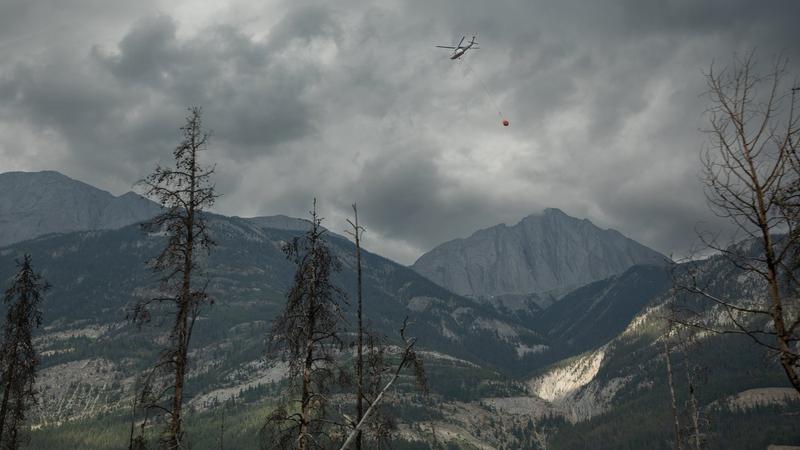
Jasper’s burnt landscape could take more than a century to recover: wildfire expert
It could take more than a century for the freshly burned forest in Jasper National Park to regenerate into its previous postcard-perfect form, a wildfire expert says.
The dense forest’s regrowth could be affected by how deep the fire burned into the ground and how many pine cones hatched like popcorn in the intense heat and released seeds — not to mention climate change more generally, said Jen Beverly, an associate professor with the University of Alberta’s Department of Renewable Resources.
“This is not a catastrophe from an ecological perspective, but we do know there’s a lot of uncertainty into the future,” said Beverly, who has been studying wildfires for more than 25 years.
“Ecosystems are going to evolve and that might span decades to centuries where an open area becomes forested, then there’s a disturbance, and now it’s open again. We can’t keep them like a postcard that doesn’t ever change.”


